Advanced Geosynthetic for Soil Stabilization & Erosion Control
1. It is used to stabilize road and railway subgrades.
2. It is used for the management of embankments and shallow water channels that bear the load.
3. Hybrid retaining wall used to prevent landslides and load gravity.
4. When encountering soft ground, the use of geocells can greatly reduce the labor intensity of construction, reduce the thickness of the roadbed, and the construction speed is fast, the performance is good, and the project cost is greatly reduced.
1. It can expand and contract freely, and can be retracted for transportation. It can be stretched into a mesh during construction and filled with loose materials such as soil, gravel, and concrete to form a structure with strong lateral restraint and high rigidity.
2. The material is light, wear-resistant, chemically stable, resistant to light and oxygen aging, acid and alkali, and is suitable for soil conditions such as different soils and deserts.
3. High lateral limit and anti-slip, anti-deformation, effectively enhance the bearing capacity of the roadbed and disperse the load.
4. Changing the geocell height, welding distance and other geometric dimensions can meet different engineering needs.
5. Flexible expansion and contraction, small transportation volume, convenient connection and fast construction speed.
1. Can you cut geocell?
TERRAM Geocell panels can easily be cut to suit using a sharp knife/scissors or joined together by heavy duty galvanised staples installed with a pneumatic heavy duty stapling plier or UV stabilised nylon cable ties.
2. What is Geocell used for?
Geocells are used in construction to reduce erosion, stabilize soil, protect channels, and provide structural reinforcement for load support and earth retention. Geocells were first developed in the early 1990s as a way to improve the stability of roads and bridges.
3. What do you fill Geocell with?
Agtec Geocell can be filled with base layers such as gravel, sand, rock and soil to keep the material in place and greatly increase the strength of the base layer. Cells are 2 inches deep. Covers 230 sq. ft.
4. What makes geocell different from other geosynthetic product?
Compared to 2D geosynthetic products, such as geogrids and geotextiles, geocell confinement in three dimensions better minimizes the lateral as well as the vertical movement of soil particles. This results in a higher locked-in confining stress and thus a higher modulus of the base.

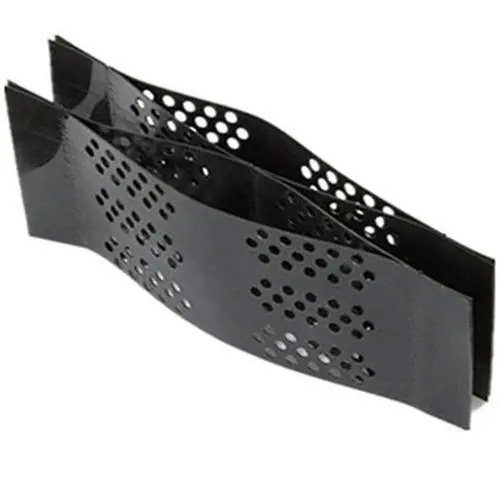
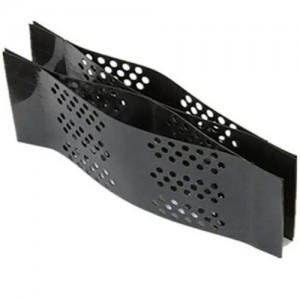

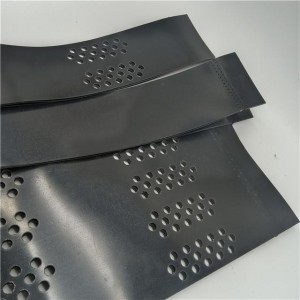




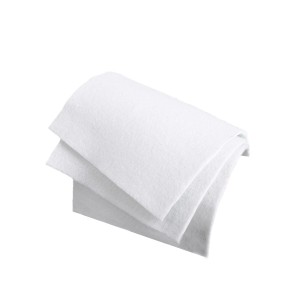


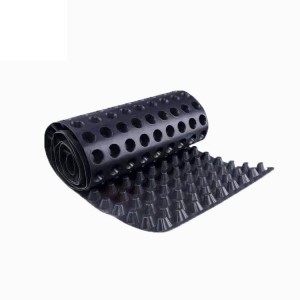
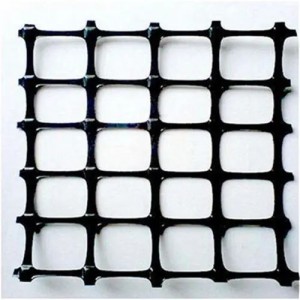
主图-拷贝1-300x300.jpg)